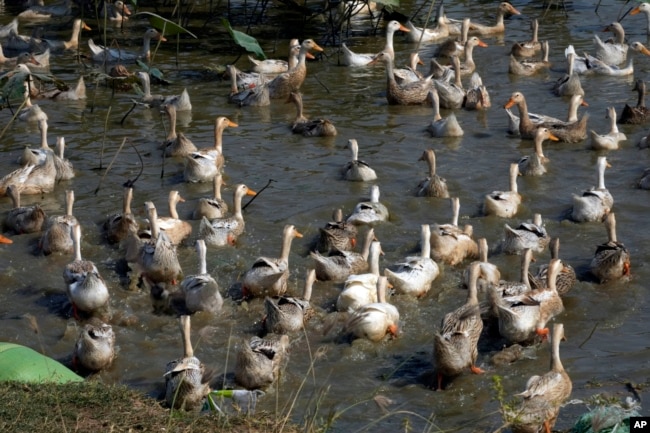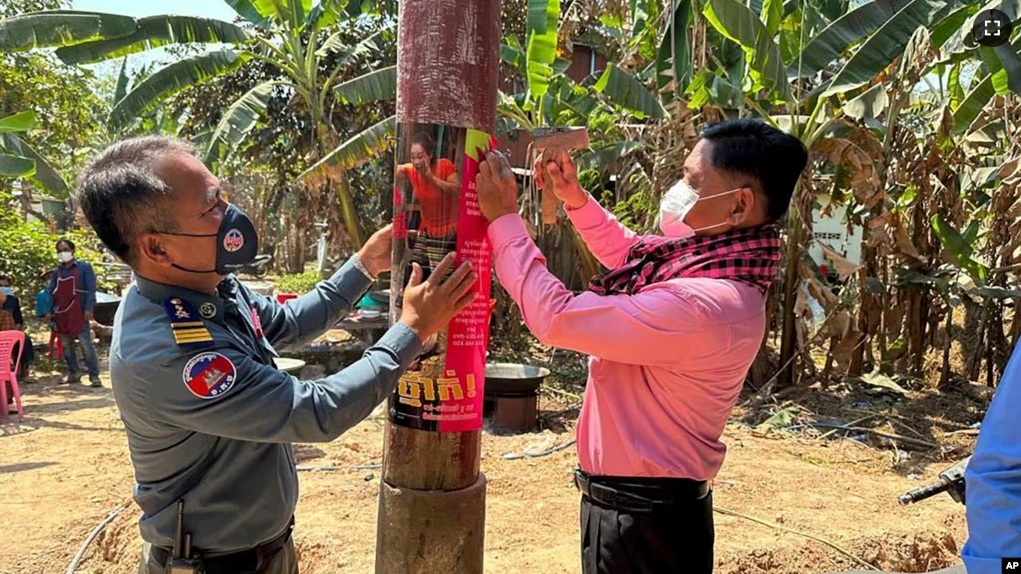An 11-year-old girl has died in Cambodia of bird flu. Health officials say it was the country’s first known human infection of bird flu since 2014.
The virus, officially known as H5N1, usually spreads among different kinds of poultry. Most human cases of bird flu have involved direct contact with infected poultry.
The girl who died lived in a rural part of southeastern Cambodia. She became sick on February 16 and was sent to a hospital in the capital, Phnom Penh, to be treated.
She had suffered with a fever of up to 39 degrees Celsius, as well as a cough and throat pain. The girl died shortly after being admitted to the hospital, Cambodia’s Health Ministry said in a statement.

Health workers took samples from a dead wild bird found in an area near the girl’s home, the ministry said. It said teams in the area would also warn local people about touching dead and sick birds.
Health Minister Mam Bunheng warned the public that bird flu presents an especially high risk to children who may be working around poultry or collecting eggs from animals.
Signs of H5N1 infection are similar to that of other flus, including cough, body aches and a high temperature. In serious cases, patients can develop life-threatening pneumonia.
Cambodia had 56 human cases of H5N1 from 2003 through 2014. Of those cases, 37 were deadly, the World Health Organization (WHO) reported.

Worldwide, about 870 human infections and 457 deaths have been reported to the WHO in 21 countries. But the spreading rate then slowed, with about 170 infections and 50 deaths in the last seven years.
Earlier this month, WHO Director-General Tedros Adhanom Ghebreyesus expressed concern about bird flu infections in other mammals, including minks, otters, foxes and sea lions.
“H5N1 has spread widely in wild birds and poultry for 25 years, but the recent spillover to mammals needs to be monitored closely,” he warned.

In January, a 9-year-old girl in Ecuador became the first reported case of human infection in Latin America and the Caribbean. She was treated with antiviral medicine.
Tedros said earlier this month that the WHO still considers the risk to humans from bird flu quite low. But he warned that this could change in the future and he urged officials in areas of concern to prepare for possible outbreaks.
Tedros advised people not to touch dead or sick wild animals and for countries to strengthen their monitoring efforts in areas where people and animals make contact.
I’m Bryan Lynn.
The Associated Press reported this story. Bryan Lynn adapted the report for VOA Learning English.
___________________________________________________________________
Words in This Story
poultry – n. chickens and other birds that people breed for meat and eggs
sample – n. a small amount of something that shows you what something is like
pneumonia – n. a serious lung sickness that makes it difficult to breathe
mammal – n. an animal that feeds its babies on milk from its body
monitor – v. to watch something carefully and record the results
